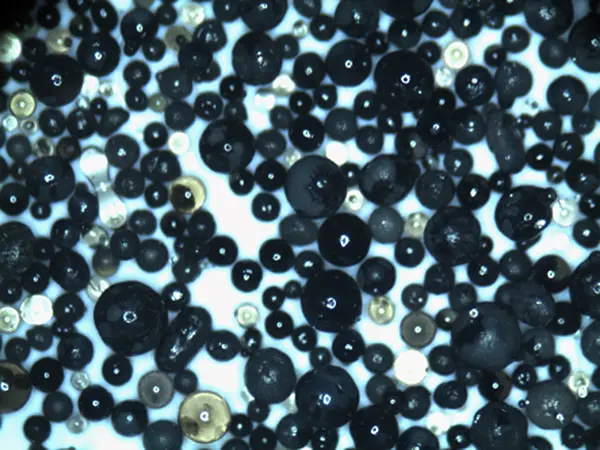
sanding small 3d prints. It is important to take your time and be patient when sanding small prints, as rushing the process can lead to mistakes and uneven surfaces. In addition to using sandpaper, there are other tools that can be helpful in sanding small 3D prints. Rubber sanding blocks or foam sanding pads are great for providing a more even sanding surface and can help prevent inadvertently sanding too aggressively in certain areas. Additionally, using a sanding stick with a fine-grit sandpaper wrapped around it can be useful for reaching tight or curved areas that are difficult to sand by hand. Once you have finished sanding the print to your satisfaction, it is important to clean off any dust and debris left behind by the sanding process. This can be done by wiping the print with a clean, dry cloth or using compressed air to blow away any remaining particles. Finally, if desired, you can apply a coat of primer or filler to further smooth out the surface of the print before painting or finishing. In conclusion, sanding small 3D prints requires patience, attention to detail, and the right tools to achieve a professional finish. By following these tips and techniques, you can ensure that your small prints are smooth, polished, and ready for whatever finishing touches you have in mind. Post time:Jul . 11, 2024 02:37
Next:Materials commonly used in the process of sand casting for manufacturing products
